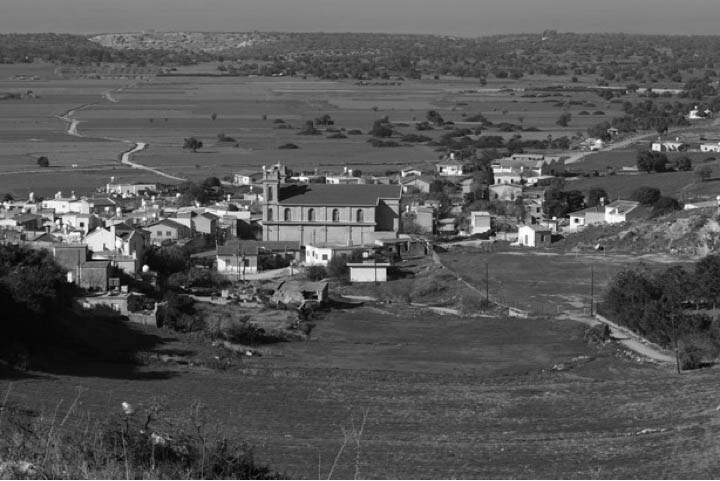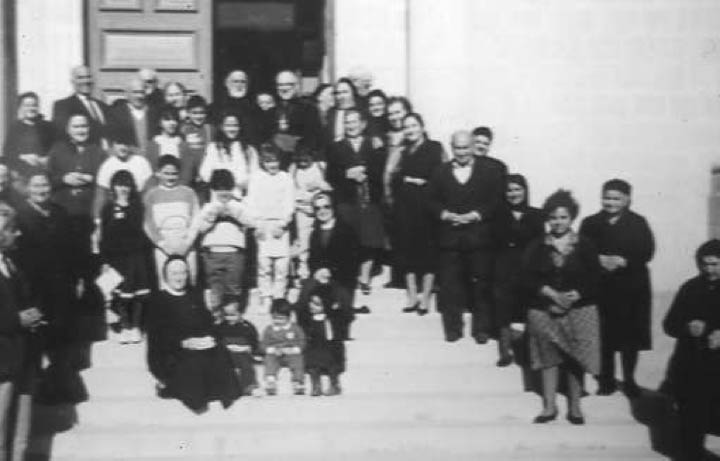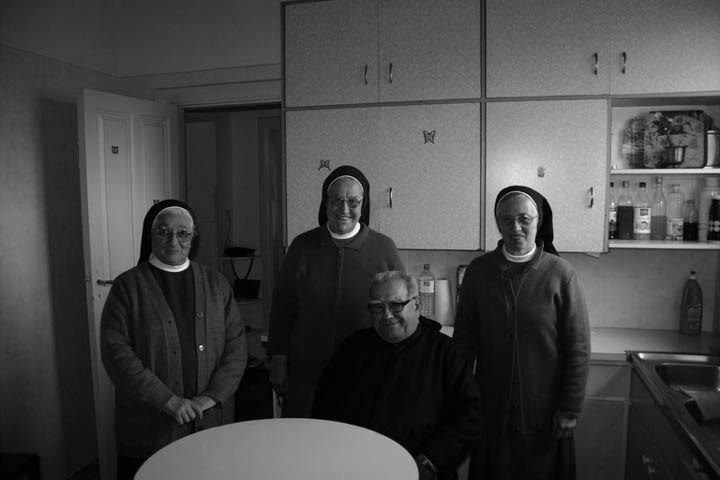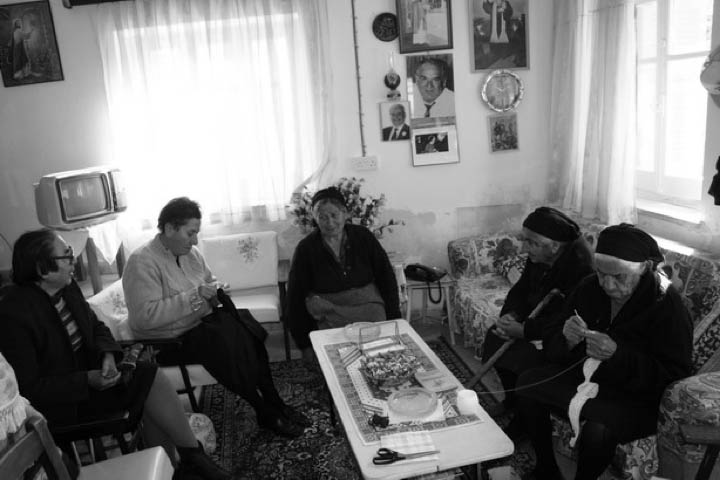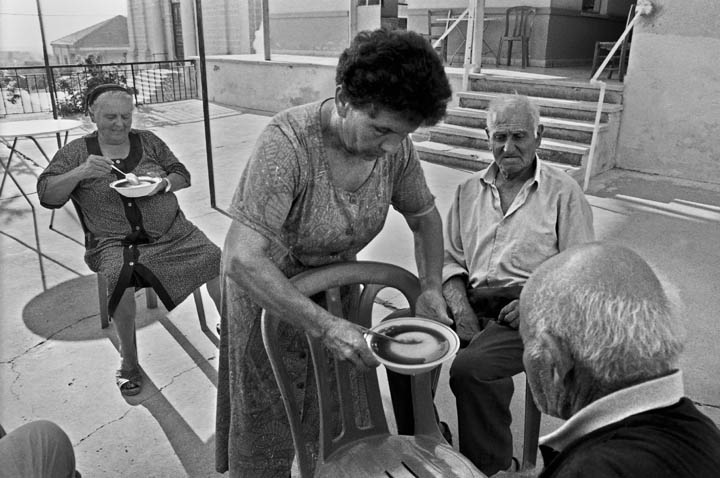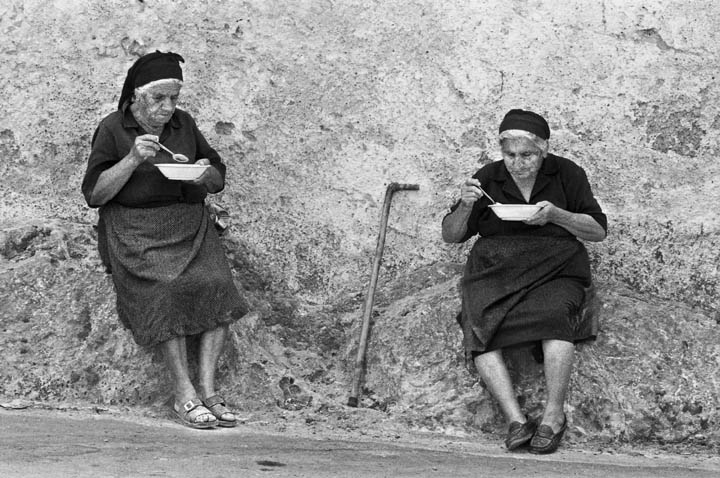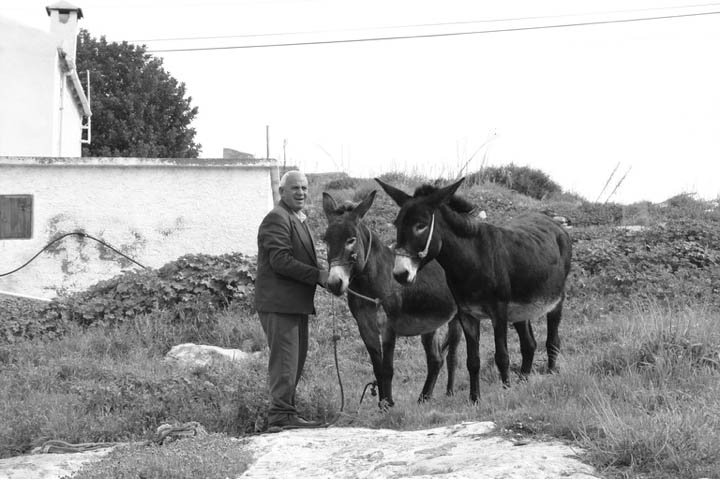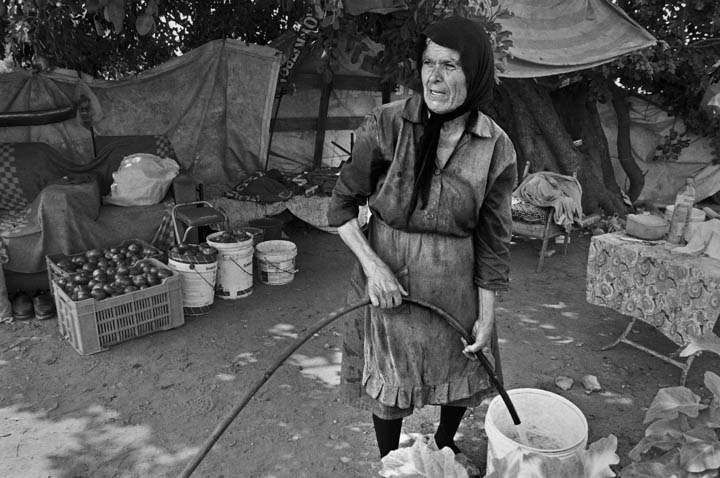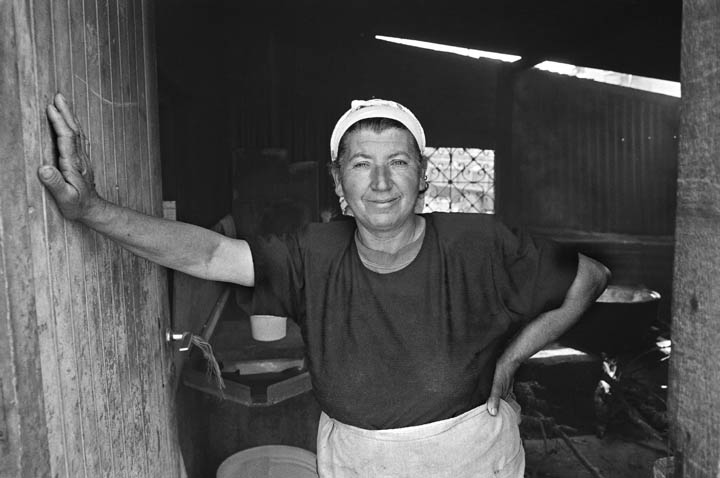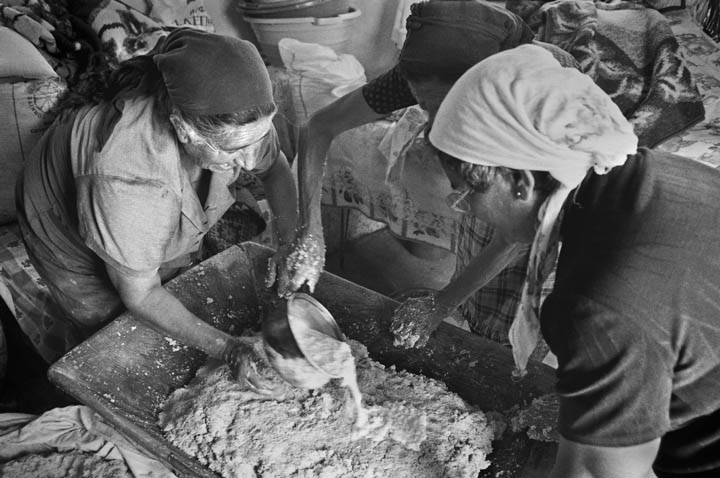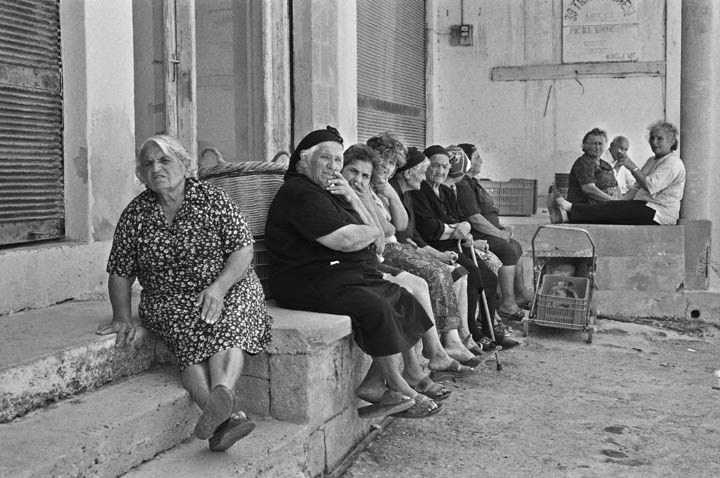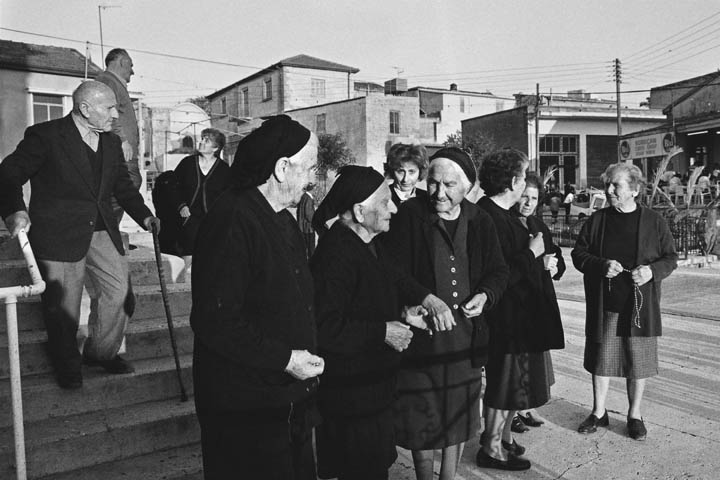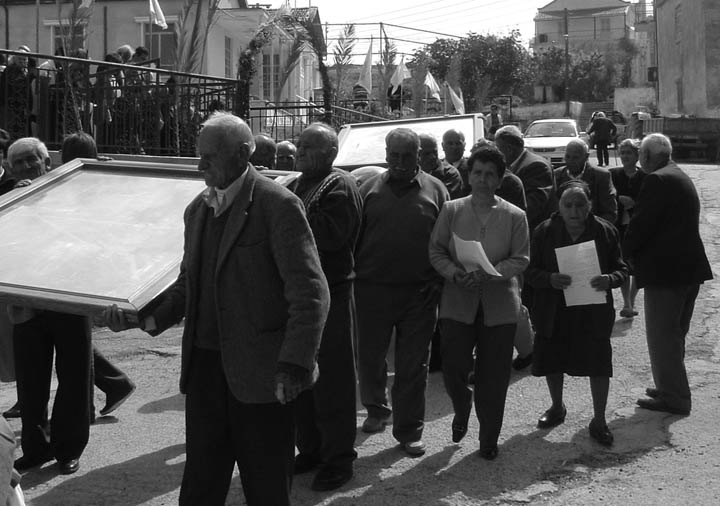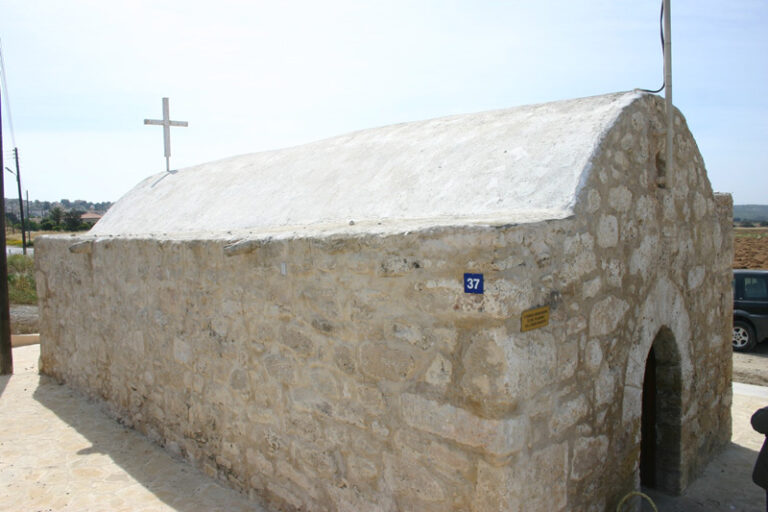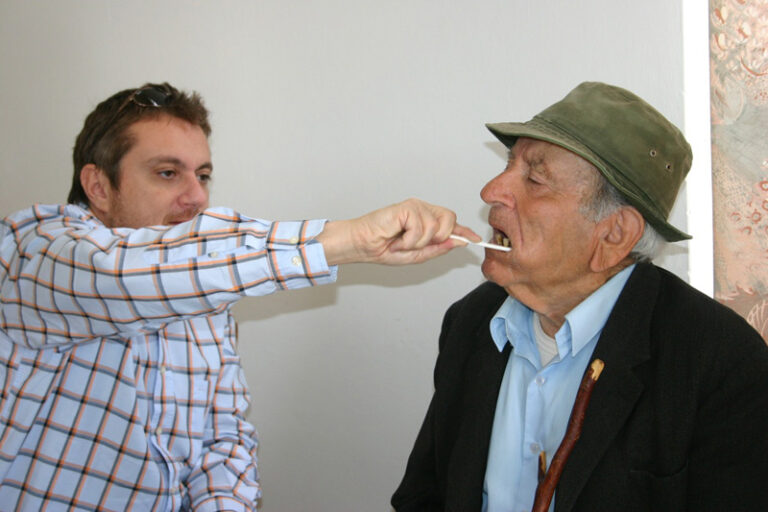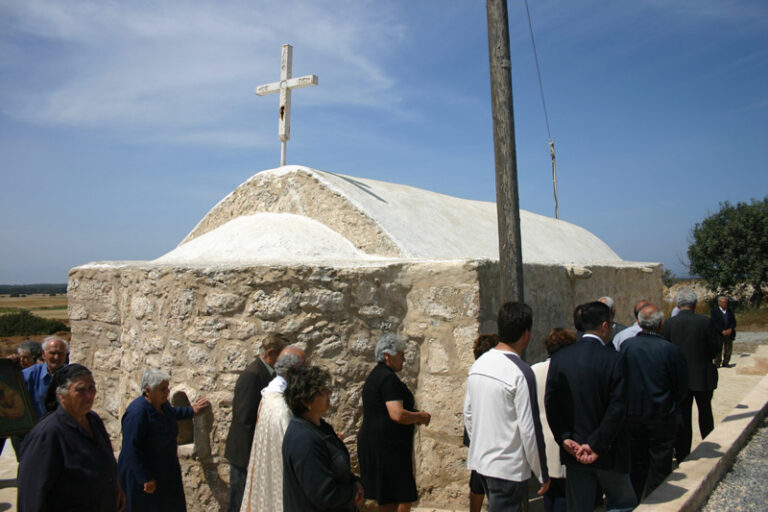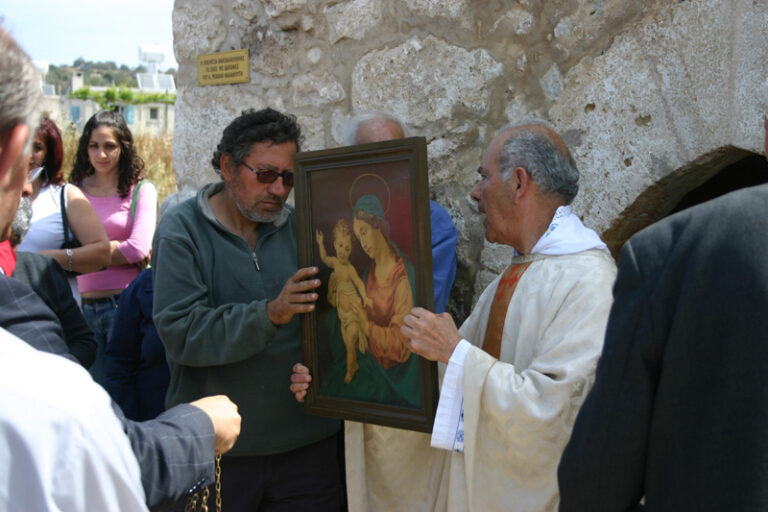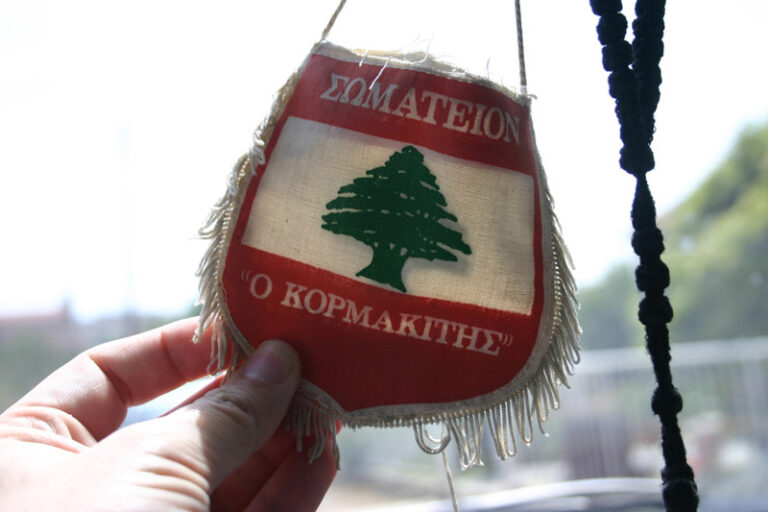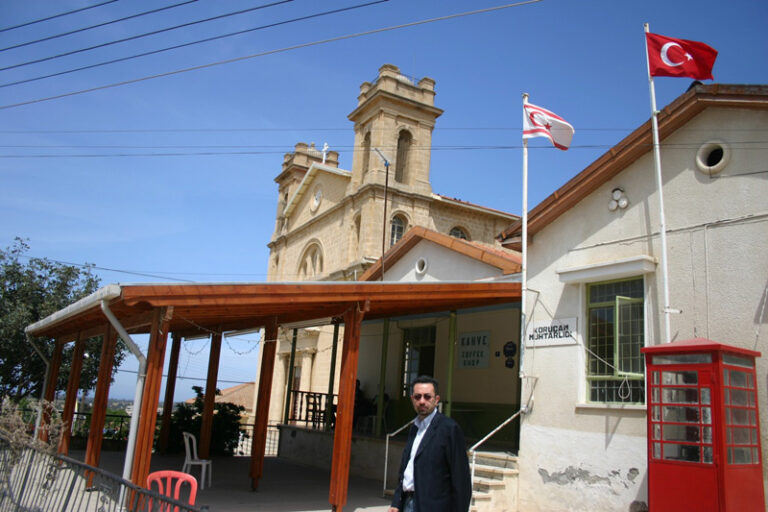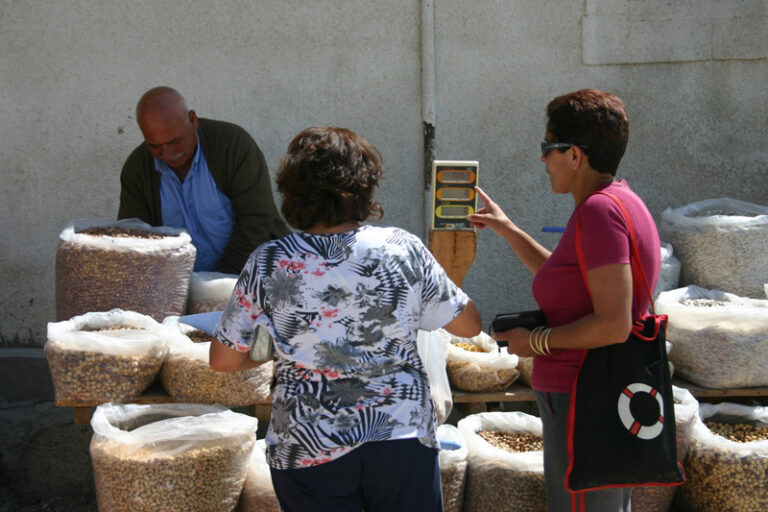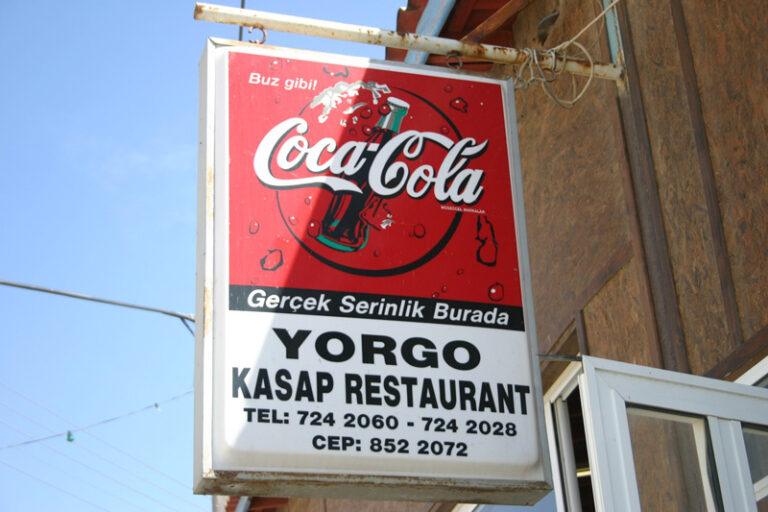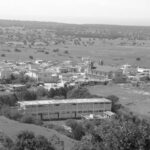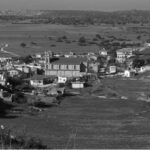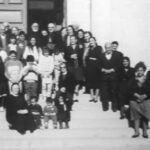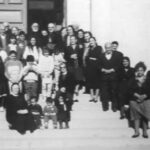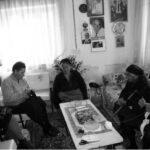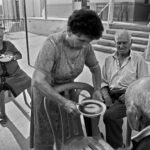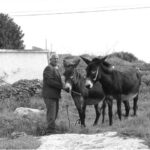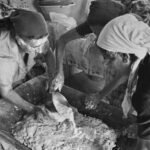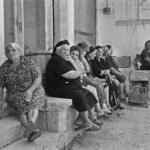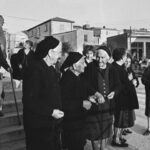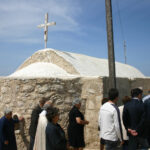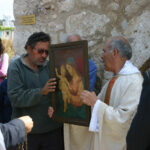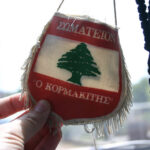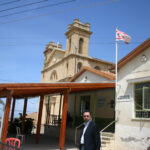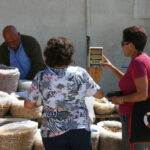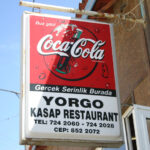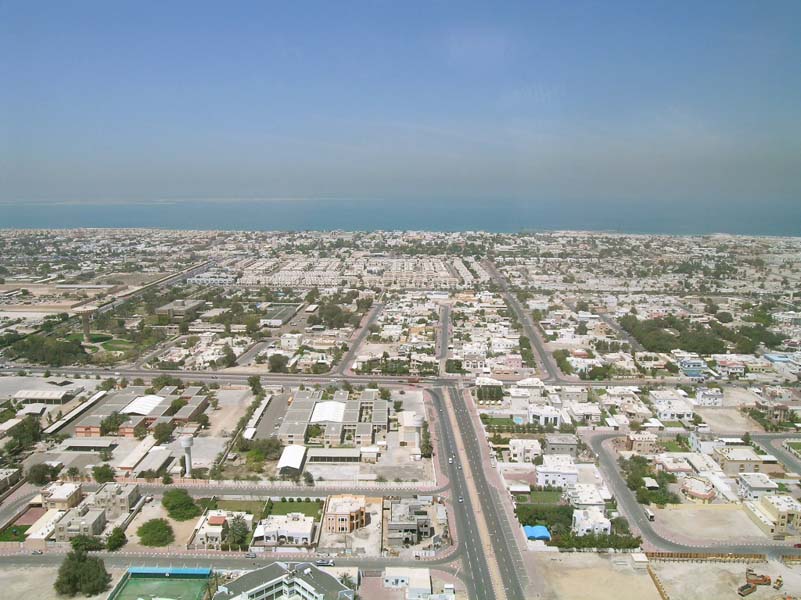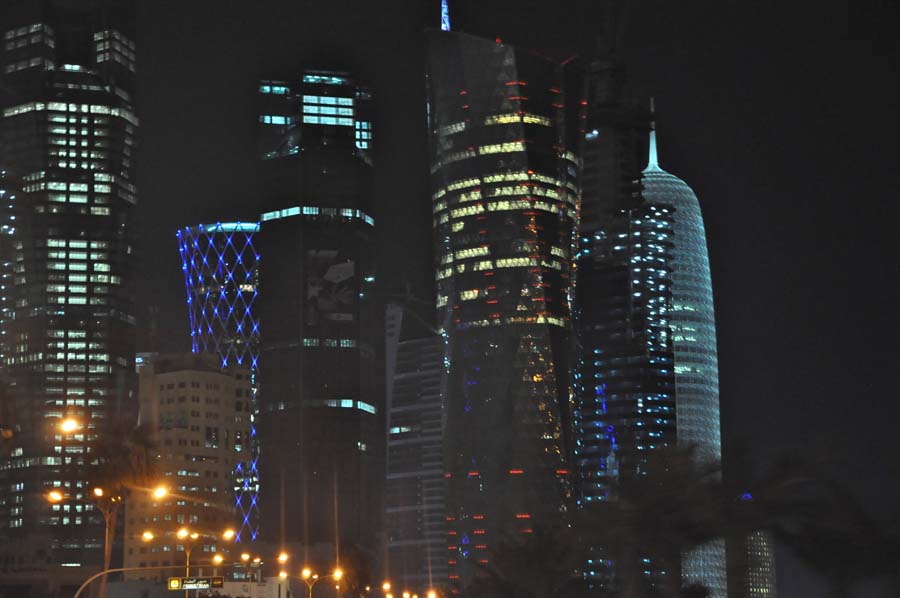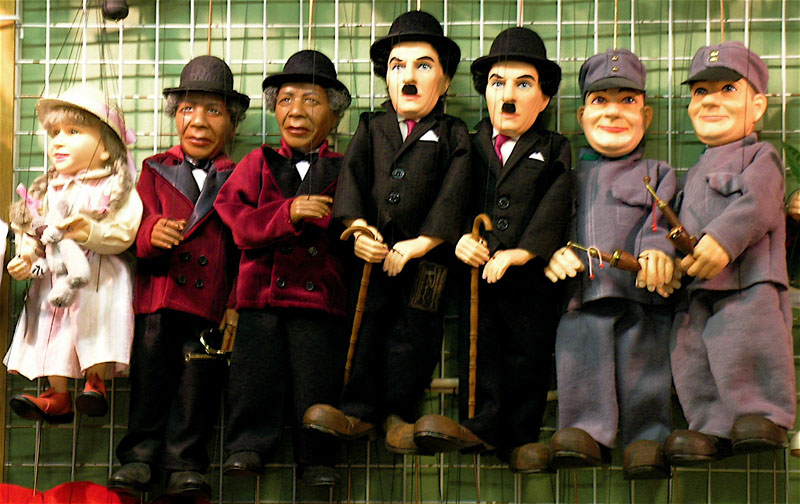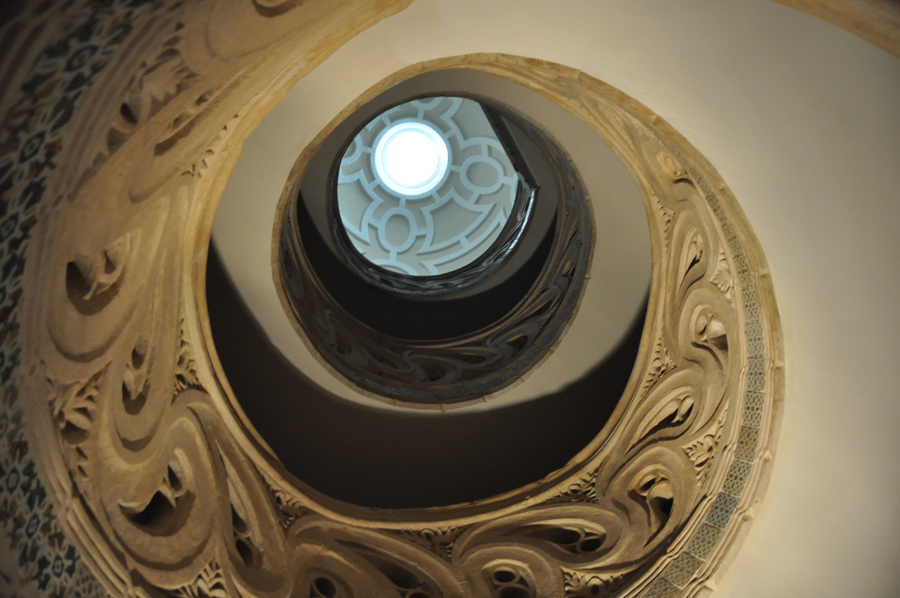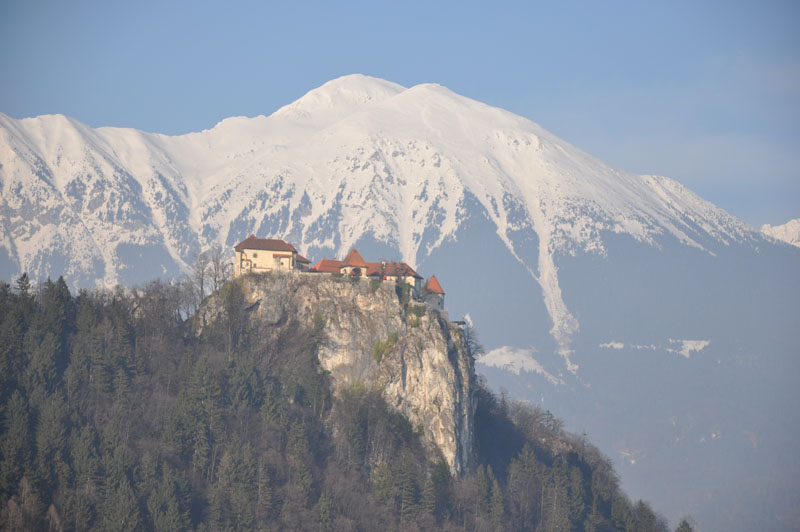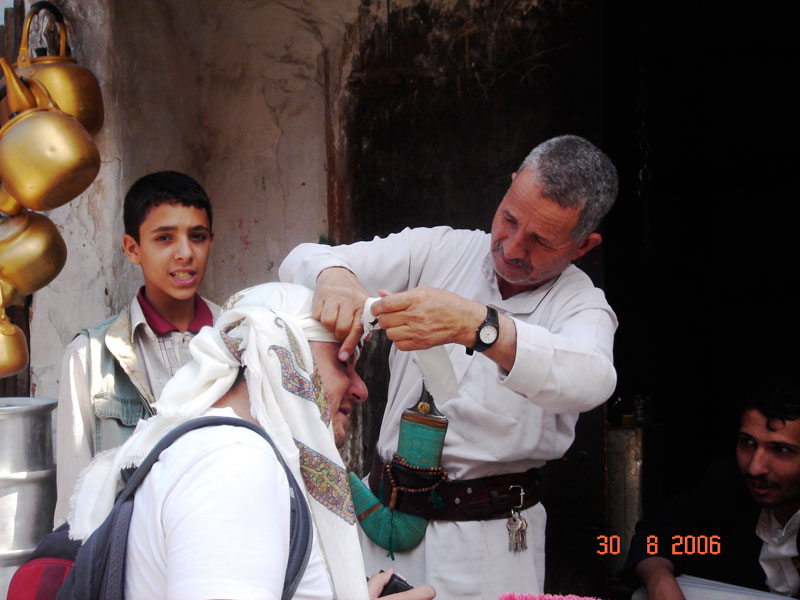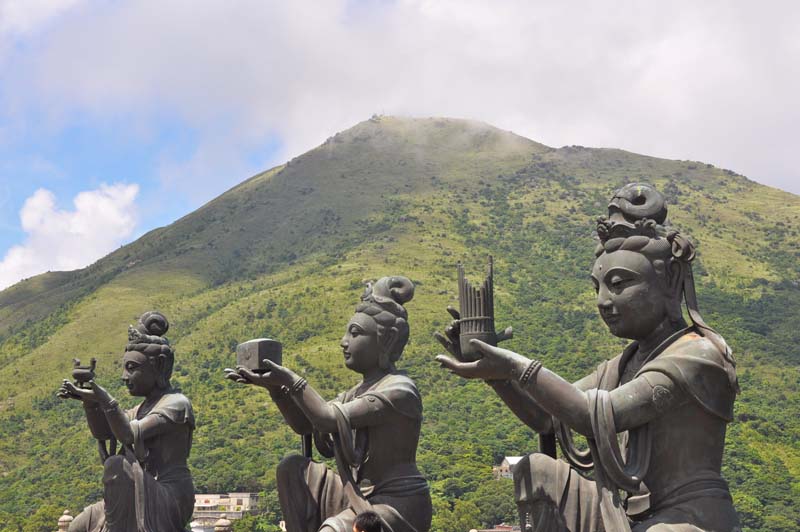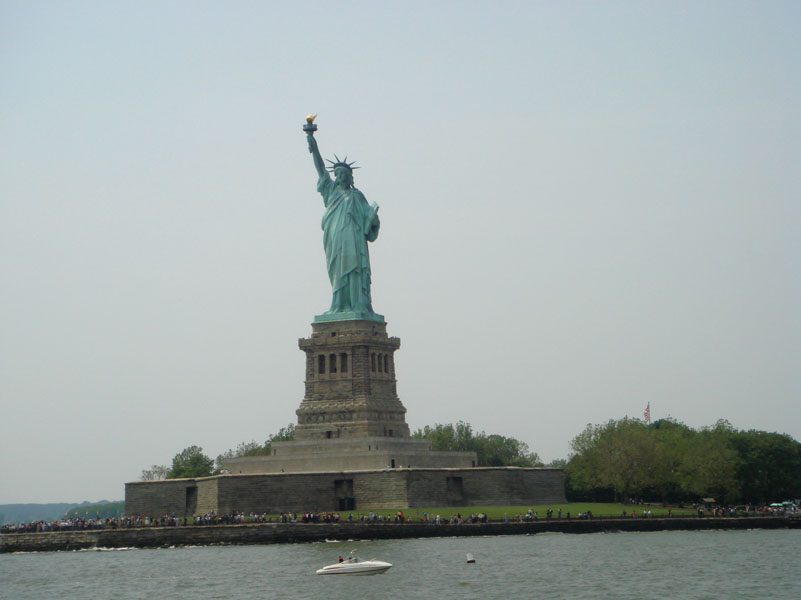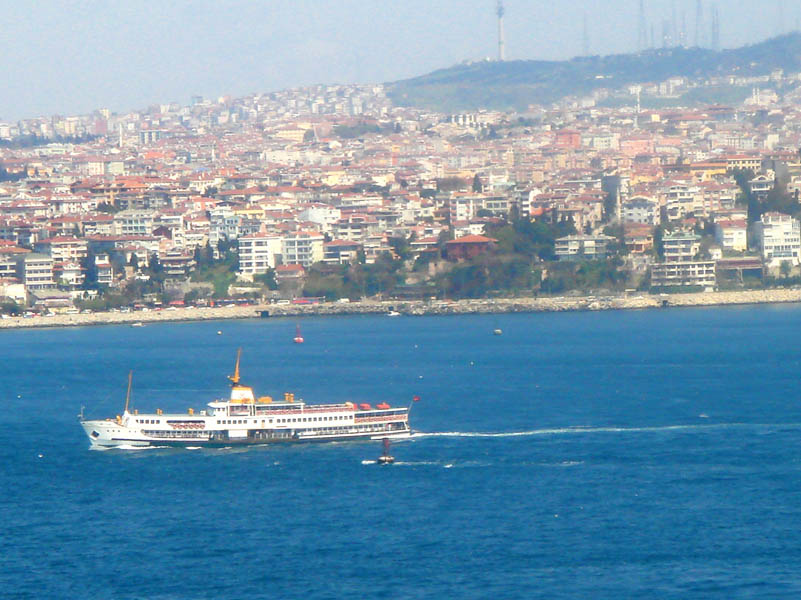
Maronite Cyprus
The Maronite community in Cyprus is a small but significant group that traces its origins to Lebanon and has been present on the island since the 8th century. Maronites are part of the Eastern Catholic Church, following the Syriac Maronite rite, which is distinct in language, culture, and tradition. Their presence on the island grew as Maronites fled to Cyprus during periods of conflict, particularly following the Arab conquest of the Levant and later during the Ottoman Empire’s rule. Today, most Cypriot Maronites live in Nicosia, although historically, they were concentrated in four main villages: Kormakitis, Karpasha, Asomatos, and Ayia Marina. These villages were part of their identity, with Kormakitis being especially notable as a cultural center. The Maronite community has its own unique dialect of Arabic, known as Cypriot Maronite Arabic (CMA), though it has diminished over time. Efforts are being made to revive this dialect, as it is a symbol of their heritage. The Maronites in Cyprus are recognized as one of the island’s three religious minorities, alongside the Armenian and Latin Catholic communities. The Cypriot government grants them certain cultural and political rights, allowing them to elect a representative to the House of Representatives. Despite their small size, the Maronites of Cyprus maintain a distinct identity and continue to play a role in the island's multicultural landscape, balancing their Lebanese Maronite heritage with their Cypriot national identity.
The Maronite community in Cyprus is a small but significant group that traces its origins to Lebanon and has been present on the island since the 8th century. Maronites are part of the Eastern Catholic Church, following the Syriac Maronite rite, which is distinct in language, culture, and tradition. Their presence on the island grew as Maronites fled to Cyprus during periods of conflict, particularly following the Arab conquest of the Levant and later during the Ottoman Empire’s rule. Today, most Cypriot Maronites live in Nicosia, although historically, they were concentrated in four main villages: Kormakitis, Karpasha, Asomatos, and Ayia Marina. These villages were part of their identity, with Kormakitis being especially notable as a cultural center. The Maronite community has its own unique dialect of Arabic, known as Cypriot Maronite Arabic (CMA), though it has diminished over time. Efforts are being made to revive this dialect, as it is a symbol of their heritage. The Maronites in Cyprus are recognized as one of the island’s three religious minorities, alongside the Armenian and Latin Catholic communities. The Cypriot government grants them certain cultural and political rights, allowing them to elect a representative to the House of Representatives. Despite their small size, the Maronites of Cyprus maintain a distinct identity and continue to play a role in the island's multicultural landscape, balancing their Lebanese Maronite heritage with their Cypriot national identity.





